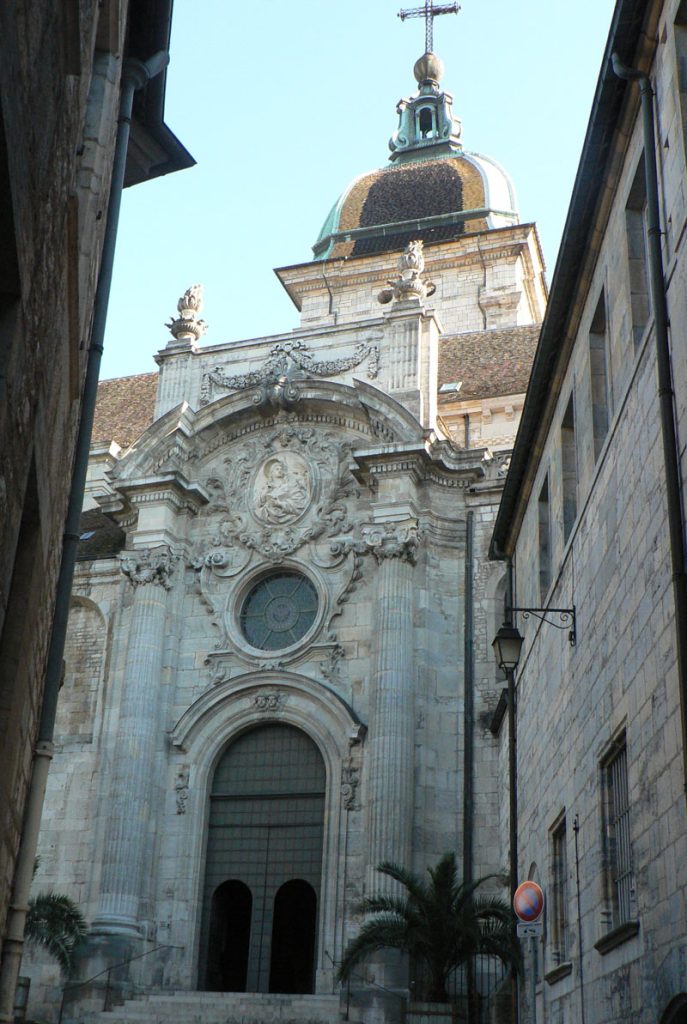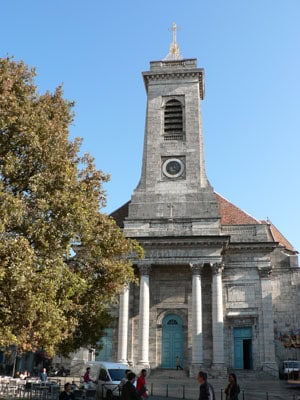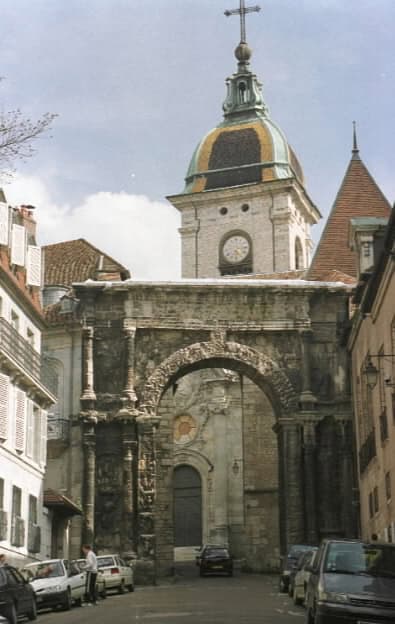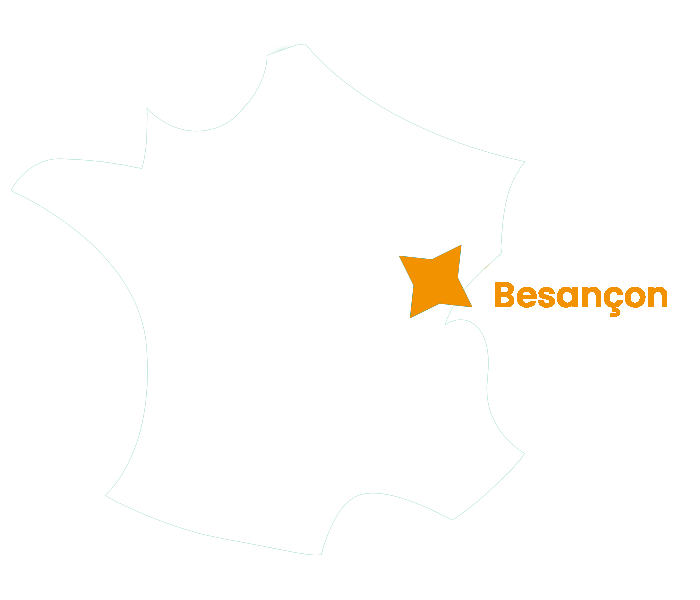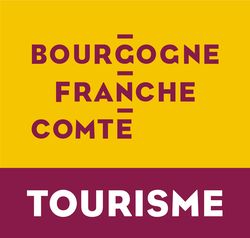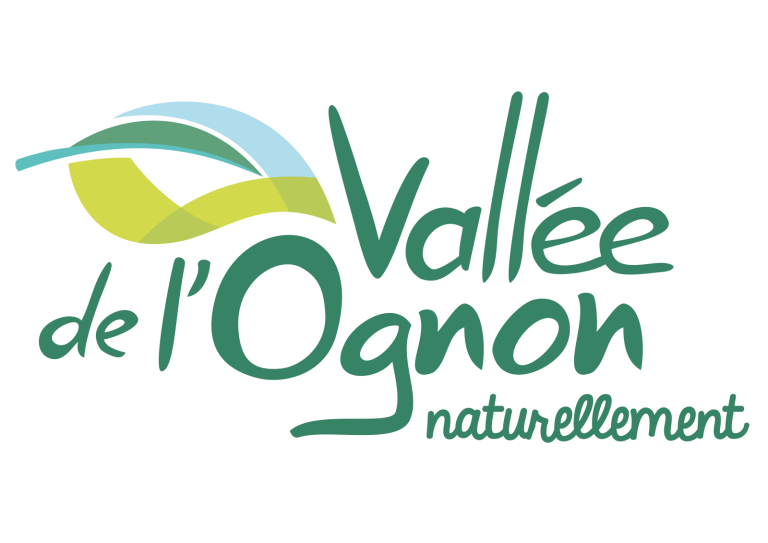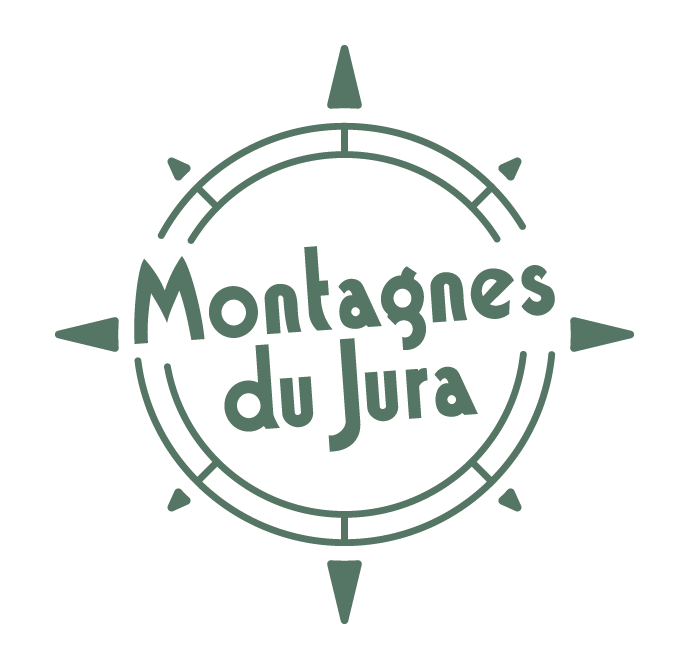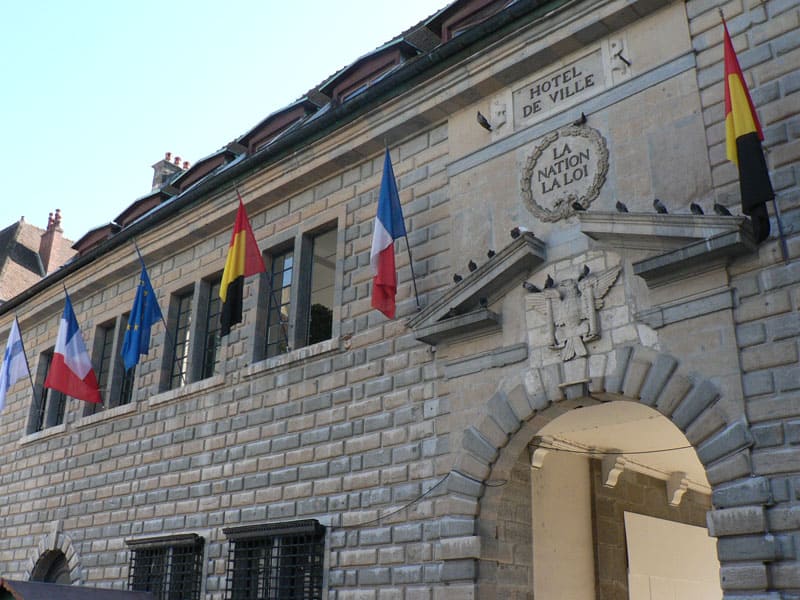
Nature and culture destination
Are you looking for a place where you can have a good time and live new experiences between nature and culture? Look no further, you've come to the right place! In Besançon and its surroundings, happiness is within everyone's reach.
An exceptional heritage, an abundant cultural life, an omnipresent nature, and a thousand and one little pleasures...: all the ingredients are there to please young and old. Solo, as a couple, with family or friends, fill up on fresh air and emotions for an authentic and unforgettable stay.

